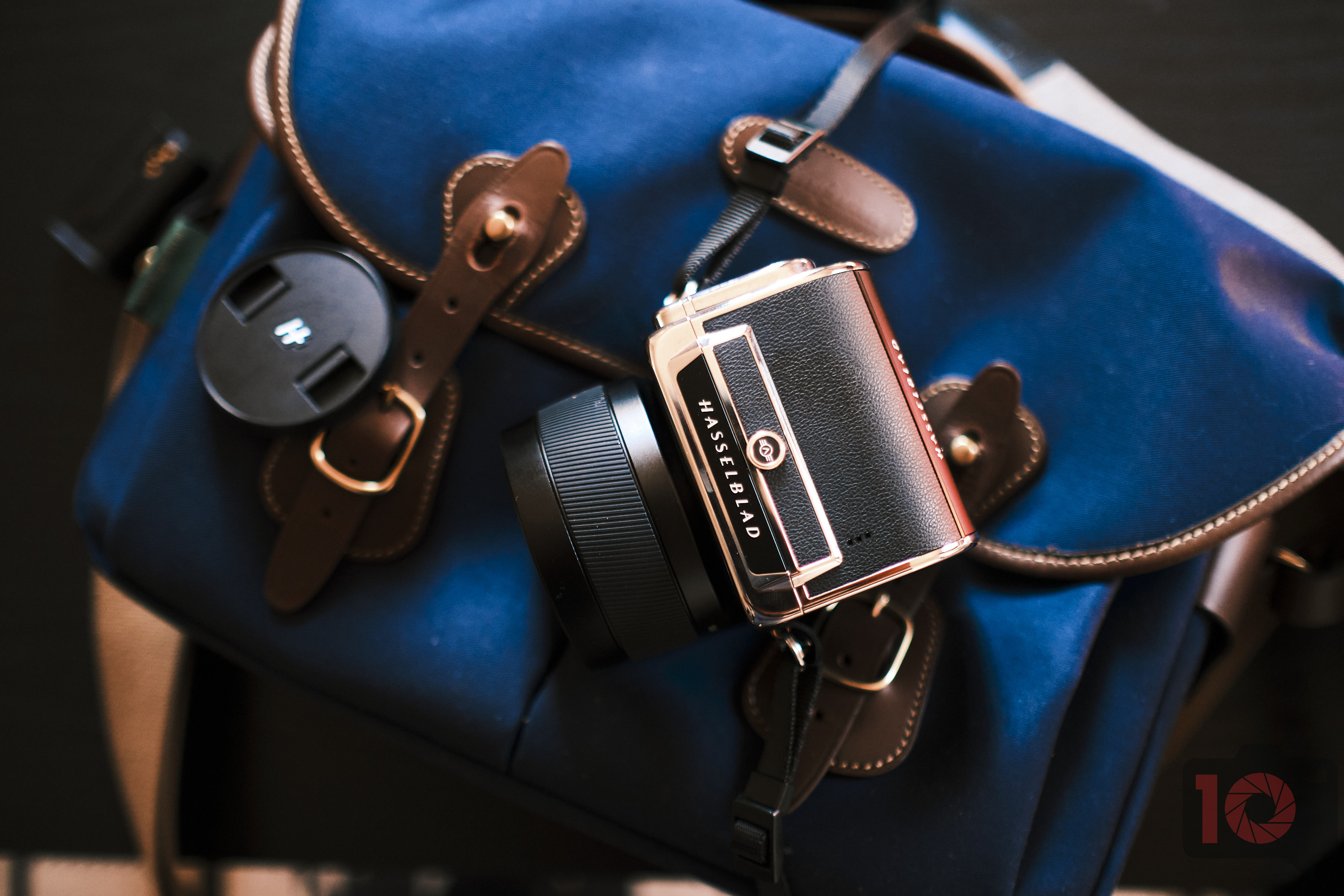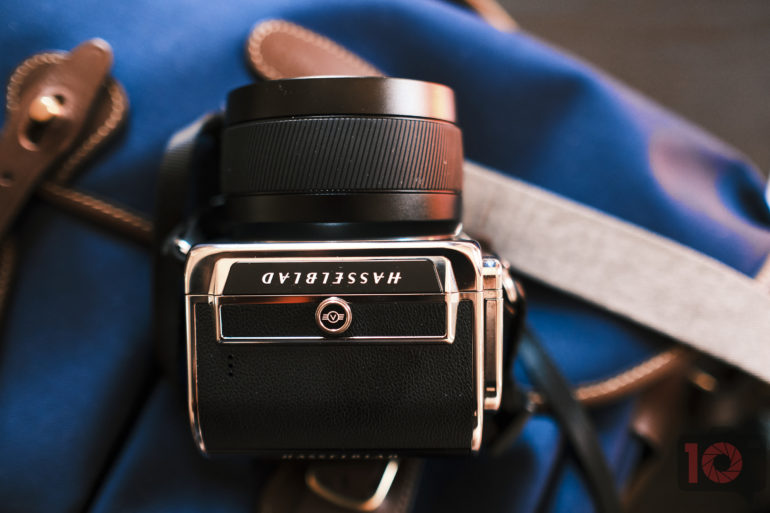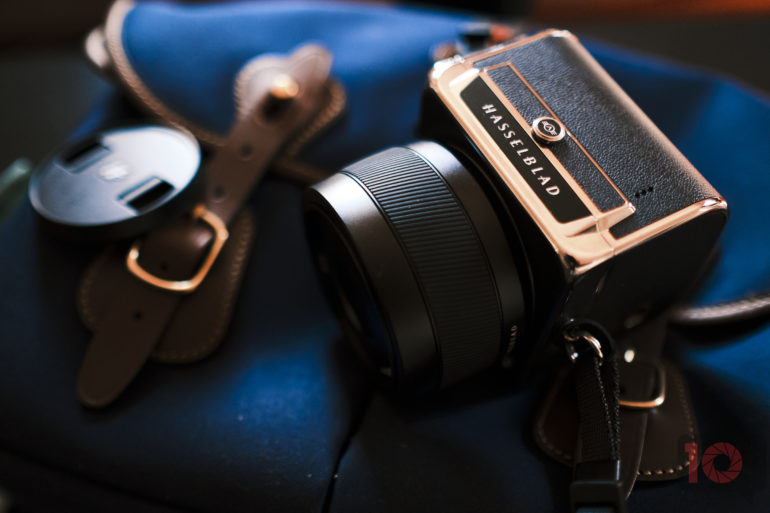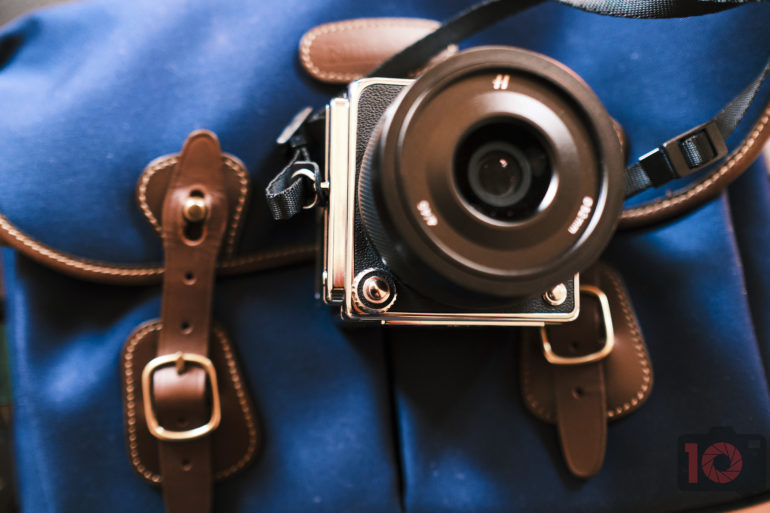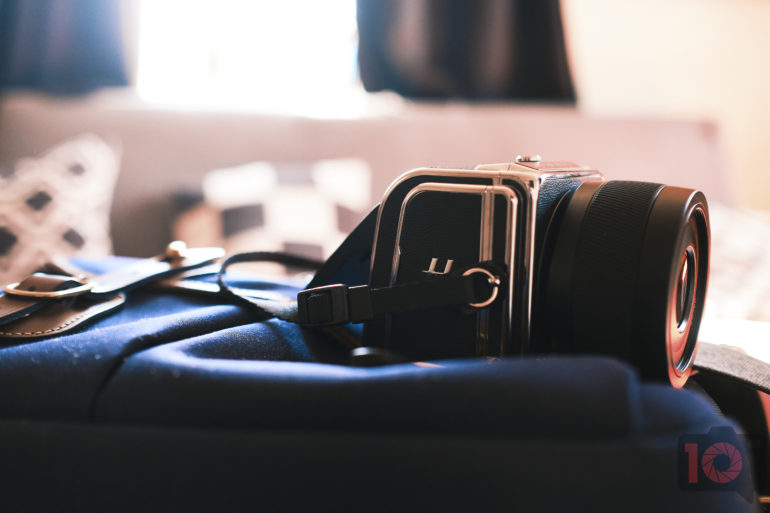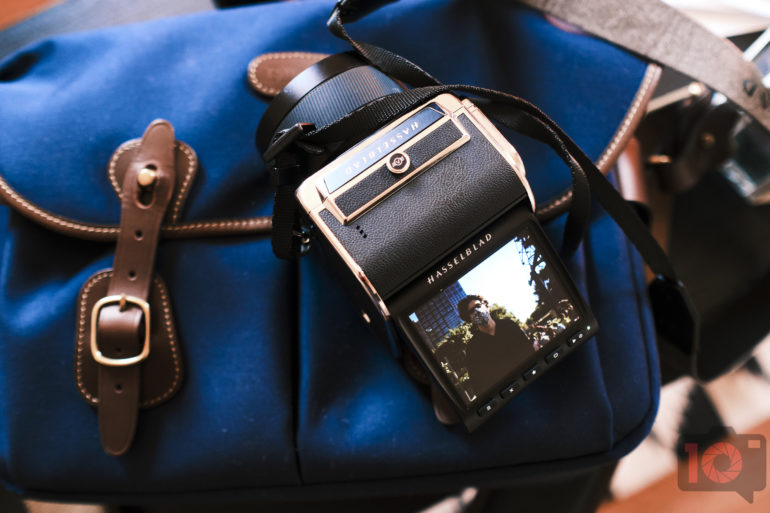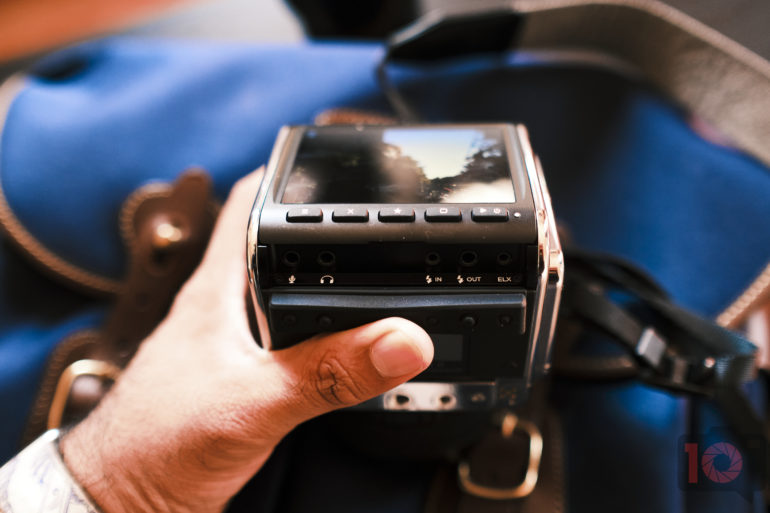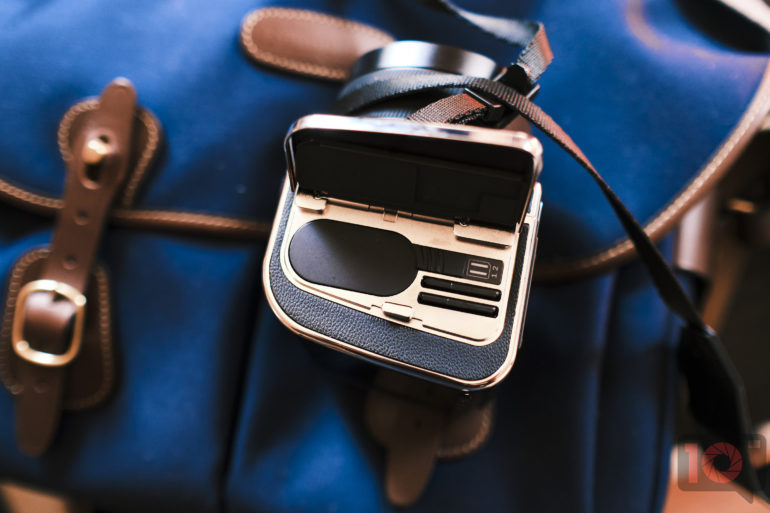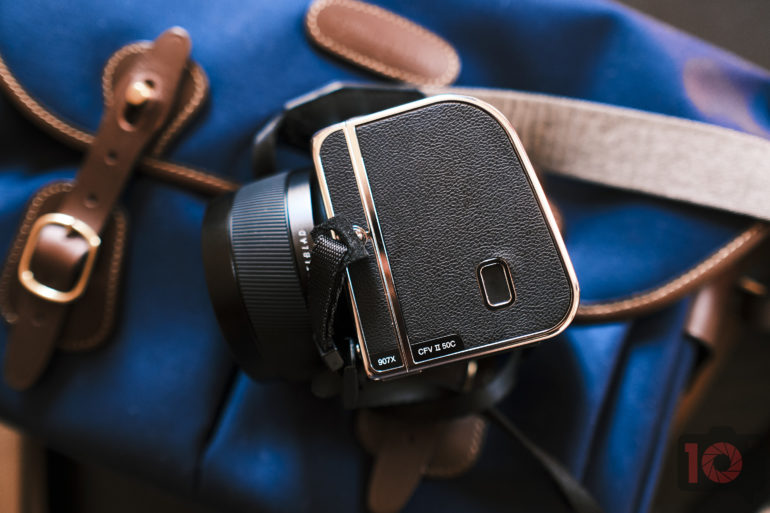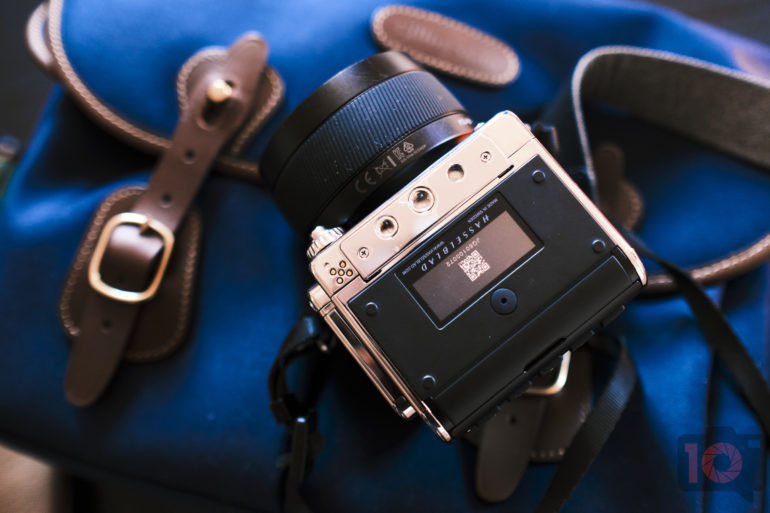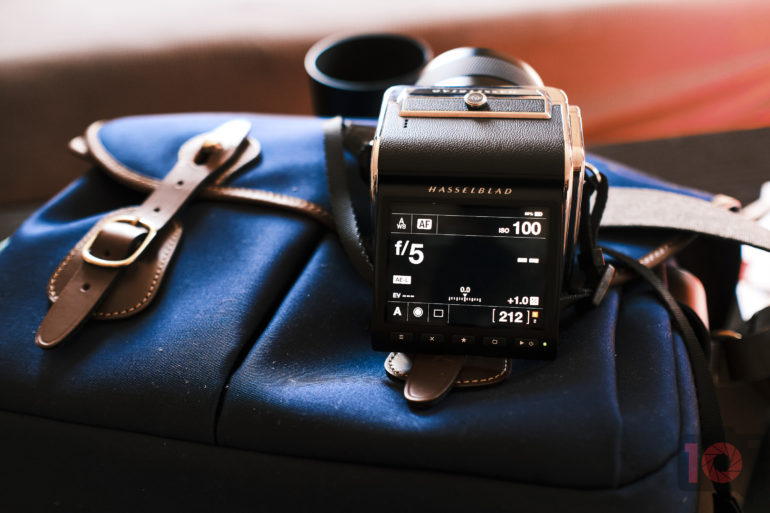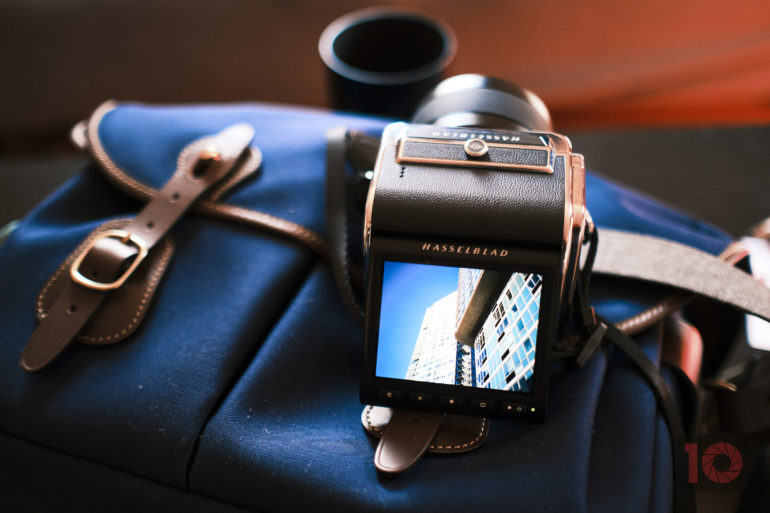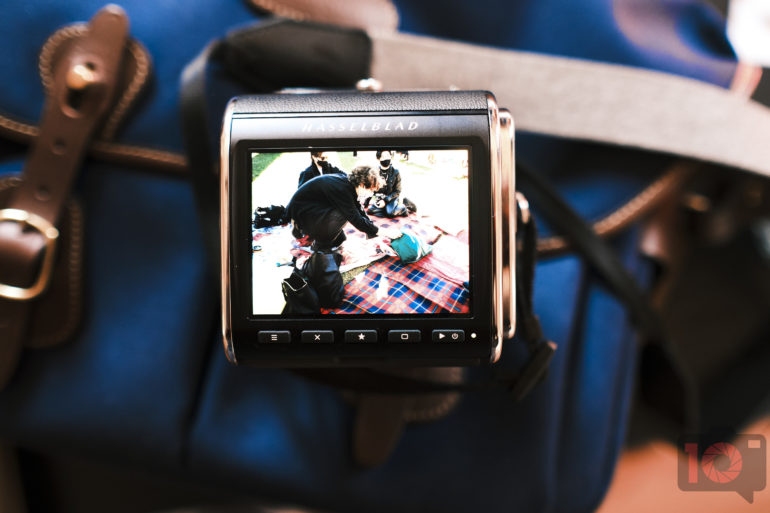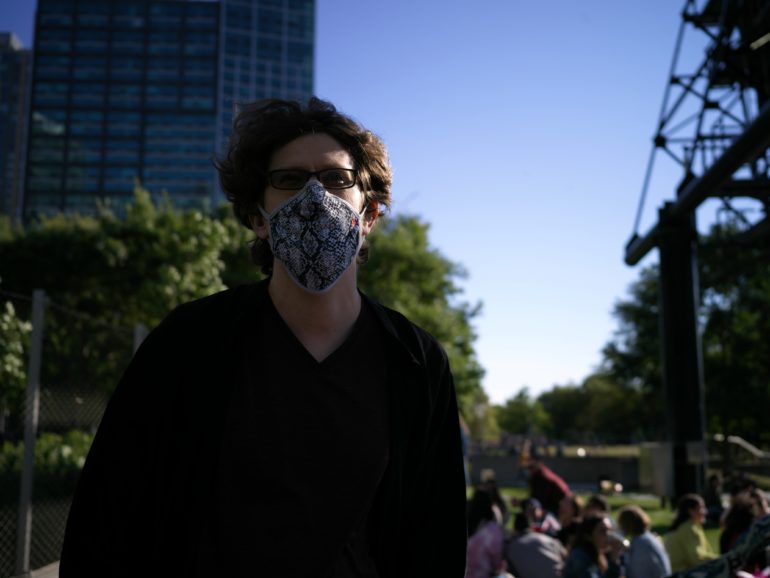The Hasselblad 907X is a positively fantastic, retro feeling JPEG camera that can shoot RAW, but shouldn’t.
How many of you would believe me if I told you that the Hasselblad 907X 50C is an excellent JPEG camera? Many would probably clamor for my head on a stake. Others wouldn’t believe me. And yet some would agree with me. Of course, a medium format camera is bound to deliver great JPEG photos, but I’m shocked at how good they can be. Granted, the Hasselblad 907X is an over $6,000 medium format camera. It boasts retro looks and feels. And best of all, it’s pretty petite. And if you’ve got the extra dough, you’ll be pretty pleased with it.
Table of Contents
Pros and Cons
Pros
- Super small
- Feels so good in the hand
- Hasselblad’s menu system is great
- Dual SD cards
- Beautiful camera overall
- The white balance tool is WONDERFUL
- Weather sealing
Cons
- I’d like a built-in hood-style magnifier for the screen
- Autofocus is pretty slow in low light
- Minimal weather sealing around the battery door/SD card port area
- No face detection
- Gets warm when photo walking, and the battery life is sort of disappointing
- No multiple exposure mode
- Really needs a top-down screen
- No hot shoe. You need the grip for that
- No Capture One integration. This needs to be fixed already
- Phocus is still annoying to use, but it’s gotten a bit better
- Phocus is so slow that I wouldn’t want to shoot and edit in that program at all
- Pushing the shadows introduces more noise than I’d like
Gear Used
We tested the Hasselblad 907X 50C with the 45mm f4 P and the 90mm f3.2 lens. The bag in this review is the Billingham Hadley Pro in Navy.
Tech Specs
The tech specs for the Hasselblad 907X 50C have been taken from Hasselblad’s website
- 50 Megapixel sensor with 14 stops of dynamic range
- Full touchscreen. High-resolution 3.2-inch 2.36M dot touch and tilt screen
- 16-bit RAW files
- Smooth live view experience with a high frame rate of 60fps
- Video: 2.7k (2720 x 1530) & Full HD (1920 x 1080) / Video covers full sensor width in a 16:9 ratio
- Intuitive user interface with swipe and pinch touch controls
- ISO 100 to 25600
- 2.7 fps shooting
- 117 Contrast detection AF points
- USB-C connectivity, but not charging
Ergonomics
The Hasselblad 907X 50C is a beautiful camera in so many ways. Touch it, and you’ll feel a combination of cold metal and leatherette. It’s gorgeous. Up top here, you see the Hasselblad logo. If the camera back detaches from the unit, I couldn’t figure it out. And personally, I’m alright with that. It doesn’t need to be so complicated.
On the front, you can see two buttons. One is for the shutter release, and the other is the lens release. Around the shutter release is a dial. It controls the aperture. But if you press another button and twist the dial, it can change your shutter speed.
On the side are the strap lugs. I sort of wish they were in a different position. When the camera is slung around you, it never stays set forward. Instead, the lens ends up facing you. It’s a balance issue for sure.
The 50C back has a tilting LCD screen. Said screen has buttons on it that you interact with.
Under the screen area is a rubber flap. This protects lots of ports.
On the side is a door. Slide it, and you’ll reveal the batteries and the SD card ports. This camera takes dual SD cards.
On the other side is another port for connectivity.
Build Quality
The Hasselblad 907X 50C has an absolutely beautiful feeling to it. Put the camera straps on it, sling it around you, and it will feel like a vintage camera. Holding it feels vintage, too, for the most part. Of course, it’s missing things like a hand crank, a proper top-down finder, and more. Hasselblad’s lenses are weather-sealed, but I couldn’t find anything online to say whether or not the camera body is. So I asked Hasselblad. Here’s what they said.
“As a leader in the imaging industry we take great pride in our products and have included several areas on the 907X 50C and XCD Lenses for weather sealing and dust prevention. In the 907X body, there is a rubber part in the magazine interface that serves as a dust sealing. Also, there is a rubber sealing behind the right side lid on the CVF II 50C. The XCD Lenses have dust sealings for the focusing ring and a rubber sealing in the camera interface. Additionally, weather sealing was factored in when choosing to have very few external moving parts on the lenses.”
I asked Hasselblad for clarification. The lens mount is weather sealed. So too is the area where the camera itself meets the camera back.
Sealing aside, the Hasselblad 907X 50C delivers a beautiful experience in hand. The back screen flips up, but not to the top of the camera’s back. If it went all the way up, it would be the most ideal situation. Instead, you’ll end up holding it a lot like a point and shoot.
Ease of Use
The entire review staff has said it many times; Hasselblad has the most straightforward interface of any camera system out there. It’s their biggest strength. It even beats Canon in some ways. The design is incredibly modern and light years ahead of the rest of the camera industry. Much of the interactions with the Hasselblad 907X 50C will be through the touchscreen interface. You can change the shutter speed and aperture this way, or use the dial around the shutter button. One of my biggest qualms is I really wish there were separate dials for shutter speed and aperture control. Instead, you’ll end up pressing a button and then turning the dial to adjust the shutter. It works like a Canon Rebel in a way. And I don’t believe I’m saying that about a $6,000 camera. But that’s alright!
That brings me to my biggest qualm. The Hasselblad 907X 50C’s RAW files work in Adobe software and Phocus. Personally speaking, Phocus is garbage. It’s improved a lot, but not enough. Capture One is still the staff’s choice. Only Leica and Hasselblad really choose Adobe over the rest. The rest of the industry in conversations with us all prefer Capture One. Maybe that’s why there’s literally a Nikon, Sony, and Fujifilm version of the software. In my eyes, if Fujifilm was able to put aside their medium format differences, so too should Hasselblad. Phocus is ahead of Capture One in how it works on iOS and iPad OS, though, so I should give them credit there.
With all that aside, though, a part of me believes in getting what you pay for. I work all day on the computer. Today alone, I’ve been on it for over 12 hours, getting work done. The last thing I really want to do is spend more time on it. So I should be able to use my camera and not have to go to my computer at all. Unfortunately, you still really have to. The Hasselblad 907X 50C delivers nice JPEGs. And if I were an affluent, passionate hobbyist photographer engaging in my hobby, I’d want the camera to provide everything to me within the body. But the Hasselblad 907X 50C doesn’t give those photographers the cool looks others do. Phase One has different types of sensors. Fujifilm has film simulations built-in. Hasselblad, with their long history, should be able to build something else into the cameras to provide those retro looks. But that’s not the case. For this kind of money, I should be able to do some positively insane things with the camera body.
I could easily see myself selling off all the cameras I own for testing and cozying up to a single camera system one day. Fujifilm, Leica, and Canon all call out to me. I’d be too lazy to edit my photos on the computer. I’d instead just shoot and do all the processes in-camera. I can manually white balance there, use Polarizing filters, etc. Why should I spend more time in front of my iMac instead of behind my camera? I genuinely enjoy going out shooting. If I want to look at my images bigger, then nothing beats a print. So, I’d print my photos.
Despite all these problems I list, this camera is a whole lot of fun. It’s not perfect, but you shouldn’t take it so seriously. Yes, it’s a lot of money, but sit back, relax, and enjoy the ride. Folks will be intrigued by this camera. It looks nice and feels so satisfying. Honestly, I think Hasselblad should have just made this a JPEG camera. It doesn’t need RAW. Encouraging a carefree approach to this camera would make the cost much easier to swallow. But that also means a bunch of changes should be made.
Autofocus
When I shot my first photo, I audibly sighed. Unfortunately, the autofocus on the Hasselblad 907X 50C isn’t what it should be. It’s not that fast. Though it’s light years ahead of what Nikon was when the Z7 and Z6 first launched. The camera also lacks face detection–something that is essential these days. It’s a mirrorless camera, why doesn’t it have this feature? In practicality, it means you need to continually tap the screen to select the focus point. It wouldn’t be so bad if the autofocus weren’t slow. But, at least the lenses deliver beautiful images.
Image Quality
This is where I’m a bit torn. The Hasselblad 907X 50C delivers beautiful JPEGs. The best results come when you have the exposure simulation. Thanks in part to the lenses, the image quality is incredibly crisp. Otherwise, I scratch my head about some things.
JPEG Quality
As stated before, I adore the JPEGs from the Hasselblad 907X 50C. When you get the exposure to your liking, the RAW files sing with color. Hobbyist photographers and passionate photographers among us will greatly appreciate that. Since the camera has dual card slots, you can write JPEGs to one card and RAW files to another. Use the camera’s WiFi and beam them to your phone, then share them as you’re vacationing. And just think: this little camera can do that. This is an excellent camera if you’re an experienced photographer who yearns for top-tier quality just for fun.
RAW File Versatility
For years now, I’ve moved away from Adobe because I feel like they’re holding the camera market hostage. But for this review, I decided to sign back up for the Creative Cloud program. And other manufacturers feel the same way. So, I edited my images in Phocus. Oh man, was that a disappointment. It’s challenging to do things like edit color channels and other stuff that’s simple to do in Capture One and Lightroom.
In this example, I was trying to get more detail from the shadows. Any other camera system would have handled this well. But the Hasselblad created color noise that I didn’t like.
Above, you’ll see the Phocus edit. It’s really bad. But below is the Lightroom Classic edit. Lightroom does a much better job than Phocus. But I cringed even as I edited the photo. Capture One would have done a much better job through and through. Even going into Lightroom Classic’s interface brings me back almost a decade. That’s when the Kelby group was trying to push HDR portraits on everyone.

Here’s another one. It didn’t do too bad. Lightroom may probably do a better job. But if I had the power of Capture One, I think I’d be in tip-top shape.
High ISO Output
ISO 1600 and above are incredibly clean with the Hasselblad 907X 50C. The colors remain lifelike and still very gorgeous. No complaints from me here!
Conclusions
Likes
- Small
- Nice feeling in the hand
- Hassy’s interface is stellar
Dislikes
- This camera isn’t worth over $6k
- It’s missing tons of features that modern cameras have
Who is the Hasselblad 907X 50C for? Well, if you’re a professional photographer that wants to use it for professional work, then think again. Stick with the myriad of other cameras on the market. Instead, the Hasselblad 907X 50C is for the passionate photographer. The one that doesn’t care about being a hobbyist or a professional. Instead, they care about and adore the image taking process. It brings them joy. And the Hasselblad 907X 50C can do this for lots of photographers. If you’re a professional looking for a camera to toss around your chest and go about your day, then pick this up. If you’re a well-off hobbyist who doesn’t care about editing RAW files, then you’ll probably like the Hasselblad 907X 50C just for the ergonomics. But there are better image quality options from Fujifilm.
The Hasselblad 907X 50C is a tactile experience overall. But even so, there are things that can be done better. This camera desperately needs a screen that slides on top of the camera. Better yet, if it did that and had a hood-style viewer and magnifier, I’d be in heaven. Using a HoodeLoupe is a lazy man’s way around it. I should be able to shoot with the camera down at my waist or hips. The challenge though, is making a loupe that lets you interact with Hasselblad’s fantastic menu system. I honestly don’t think that it’s that difficult to do.

The Hasselblad 907X 50C gets four out of five stars. I’ve got some qualms about it, but I adore the tactile experience so much. Want one? Check out Amazon for the latest prices.


